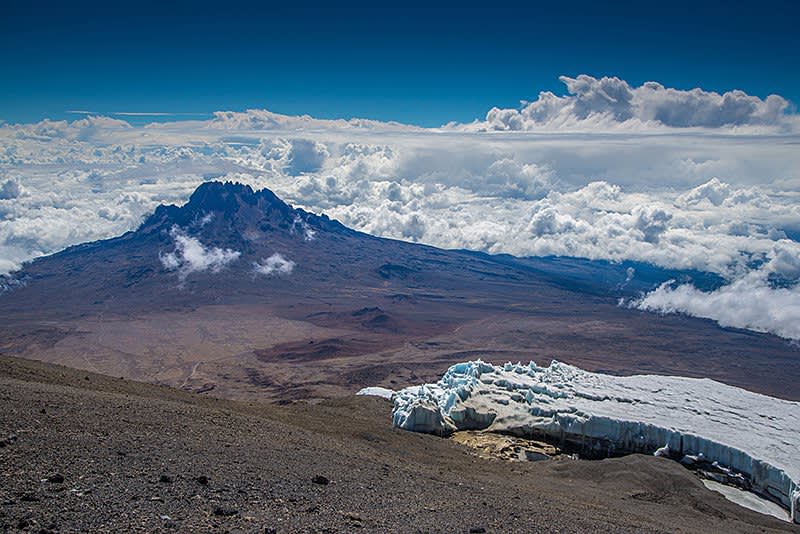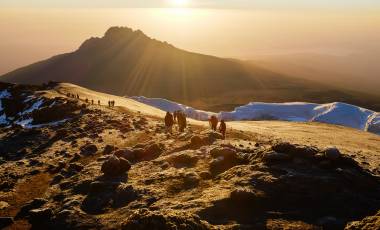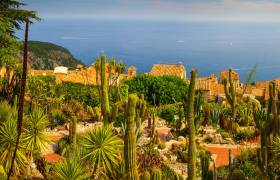Read time – 5 minutes
Exodus traveller Natalie Amos battles the scree and shale as she struggles to reach the peak of Kilimanjaro.
It’s his handshake that tells his story. His grip is strong, and his palms have been toughened by years of hoisting bags, and clients, as they scramble over the icy scree and shale.
By contrast, his voice is soft, almost sing-song and puts me at ease immediately. This is Florence, our assistant guide, we are told – ‘Florence will be making sure you make it up the mountain’.
For some reason, I am sure the statement is aimed squarely at me, and for a moment I don’t know whether to feel indignant or reassured so I settle on a combination of the two. I’m not normally one for climbing mountains, but something about Kilimanjaro has seduced me.
First conquered in 1889, Kilimanjaro was immortalised in Hemingway’s 1936 The Snows of Kilimanjaro. He described her as ‘wide as all the world, great, high, and unbelievably white in the sun’; yet Hemingway had never reached her lofty heights, and now I, far less macho than he, was about to attempt just this.
Climbing the Roof of Africa
Her highest point, Uhuru Peak, sits in splendid isolation, bathed in clouds at some 5,896 meters above sea-level, (almost three miles) and I can confirm that I am scared. Terrified, in fact. At that moment, the clouds shift, revealing Uhuru Peak in all her menacing beauty, and the clarity of what I am about to attempt sinks in.
I remind myself that climbing Kilimanjaro is a test of endurance, not climbing ability, but still my legs feel like jelly. I am travelling in a group of ten: a banker, a civil servant, a PR Manager, an IT Manager, a physio, a charity worker, a recruitment consultant and rugby player.
We are joined by a small army of guides, assistant guides, cooks and porters and the legendary Paul Goldstein, an Exodus guide and award-winning photographer whose sense of humour is equally as acerbic at almost 6,000 metres as it is on the plains of Africa where he is generally found.
Rongai Route
We are taking the lesser-known Rongai Route, the northern trail, which passes through rainforest, alpine desert, then over a lunar-like landscape before climaxing at the ice-capped summit.
Our trip will take six days and five nights which will see us strolling across beautiful trails, marching towards the jagged peaks of Mawenzi, the second of Kilimanjaro’s cones, followed by a day of crossing the saddle towards Kibo camp, a bleak, desolate site which seems like the end of the earth. Kibo will become our rest point before the final ascent.
It is the mornings I like best, when the sun rises, bathing the mountain in a golden glow. The mornings begin with a buzz of activity from the campsite and at the first suggestion of light, I emerge blinking from my tent, pinching myself to ensure that I haven’t succumbed to mountain sickness.
The first four days are easy, only getting marginally more difficult. We while away the hours playing word games as we saunter up the mountain, stopping to enjoy hearty meals and to point out the stunning scenery.
We end each day with an acclimatisation walk which will prepare us for the next day and talk in hushed voices over dinner about the big ascent, which in my book comes far too soon.
We’ve been told that it is best to attempt the mountain at night, to reach the summit by sunrise. At night, Kilimanjaro is at her most enigmatic, and most menacing, due to her almost invisibility. She appears as a bulky, impenetrable shadow.
Paul tells us the real reason we climb at night is that there is no way that we’d handle it if we could see the enormity of what we were about to attempt! At this stage, we all feel slightly off-kilter and are running on nervous energy.
Even Paul, a six-time Kilimanjaro veteran tells us that this will most definitely be his last time and insists that guides Mika and Florence promise to put him on the next flight to Zanzibar if he is spotted near the mountain ever again.
We go to bed after an early dinner as we will be roused at 11 pm. At a level of 4,700 ft, the air is painfully thin and we are urged not to make any sudden movements which might over-exert us. Laughter is banned.
After a couple of hours of restless sleep we are roused for tea and biscuits before we begin our ascent. Simon, one of our group, pokes his head into our tent wearing ski-goggles and wrapped up like the Michelin man and our sombre group laughs maniacally, rocking the mess-tent from side to side.
A passing French group shoots us glances of pity as we emerge breathless with laughter. ‘Poor devils’, they whisper as our laughter echoes eerily around Kibo Camp, ‘they have succumbed to Mountain Sickness and they have not even begun the final ascent… pauvres diables’.
Reaching the Summit
Suddenly a silence falls over the group as we begin our climb and I look back into the night and see a diagonal trail of shadows marching silently up the mountain, their head torches lighting their path as if on a pilgrimage.
Florence is singing a sad mountain song, the only sound in the night. It is a six-hour slog to Gilman’s point and I am almost delirious with exhaustion, but I am helped by Paul and Florence as I stumble over invisible rocks, and slip on the scree.
Finally, we reach Gilmans Point, at 5,685m, the stopping point, before we make the final push. A flask of sweet tea is passed around and Florence warms my hands and jumps me up and down to stamp warmth into my frozen toes.
It is an unwritten rule that you must not stop too long at Gilman’s in case you are discouraged by the couple of hours ahead before you reach Uhuru, the true peak.
Fortunately, Paul makes the decision for us and we are hauled to our feet to begin the final ascent. The sun is starting to rise and we see the glacial rim begin to light up as if on fire. The heat gives us new energy as we pursue Uhuru which finally seems within touching distance.
The glacier is pure white and bright, just as Hemingway described and I am urged by Florence not to remove my sunglasses, for fear of damaging my eyes. I feel that I am walking in slow motion, but I am encouraged by Paul and Florence who are with me at my every step.
I am passed by climbers descending from the peak, their eyes have a haunted stare and their faces a bloated appearance and I wonder if I look as they do.
Finally, I reach the famous sign and have my picture taken next to the highest point. We have all made it – the perfect ten. I almost forget to smile, all I can think of is getting to the bottom and filling my lungs with delicious oxygen. One thing is for sure, I cannot spend much longer than 15 minutes at the top!
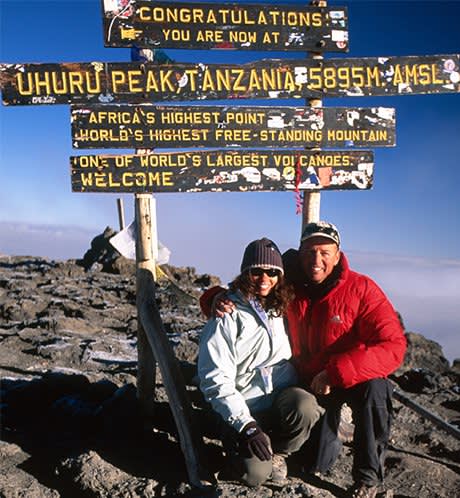 Natalie and Paul at the top
Natalie and Paul at the top I glance around the group of people I have spent the last week with and feel affection for them. How we’ve bonded since we’d met for the first time at the departure gate at Nairobi, bound for Kilimanjaro airport. I realise that the short 15 minutes spent at Uhuru Peak are not the most significant.
The highlights are the magical, small moments of the journey itself and the friendships which have been made. As I begin my descent with Florence at my side, helping me as my knees buckle under the strain, I smile as I pass the hoards of people heading in the opposite direction. I don’t envy them for a moment.
I know what they are letting themselves in for.
Natalie Amos climbed Kilimanjaro in 2008 in aid of the Exodus & Friends of Conservation Porter Education Project.
If conquering Kilimanjaro is on your bucket list, view our tours below and find out more about our trips.

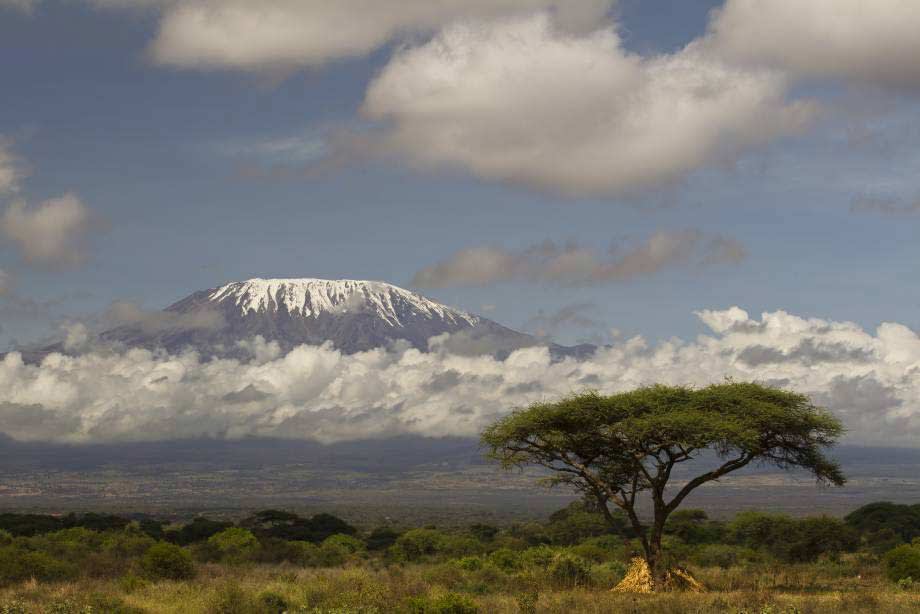 Mount Kilimanjaro
Mount Kilimanjaro Natalie and her group, Kilimanjaro behind
Natalie and her group, Kilimanjaro behind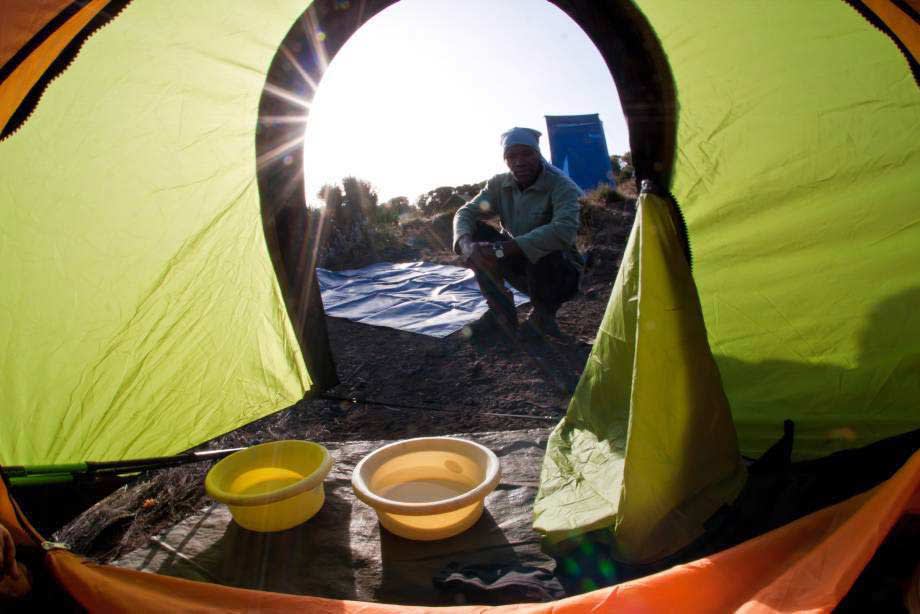
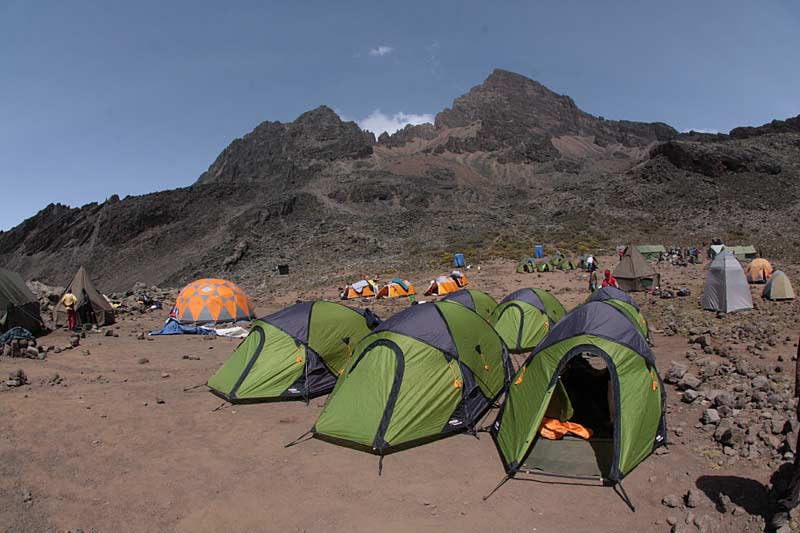 Camping at Mwenzi tarn, Kilimanjaro
Camping at Mwenzi tarn, Kilimanjaro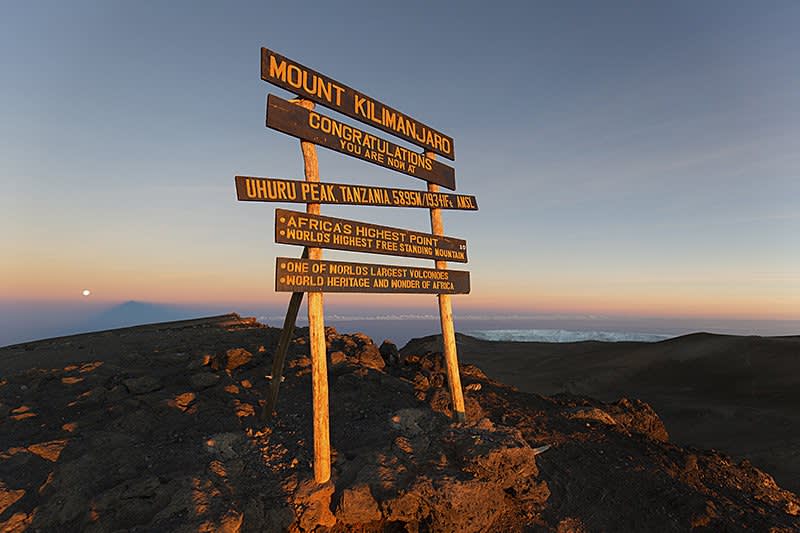
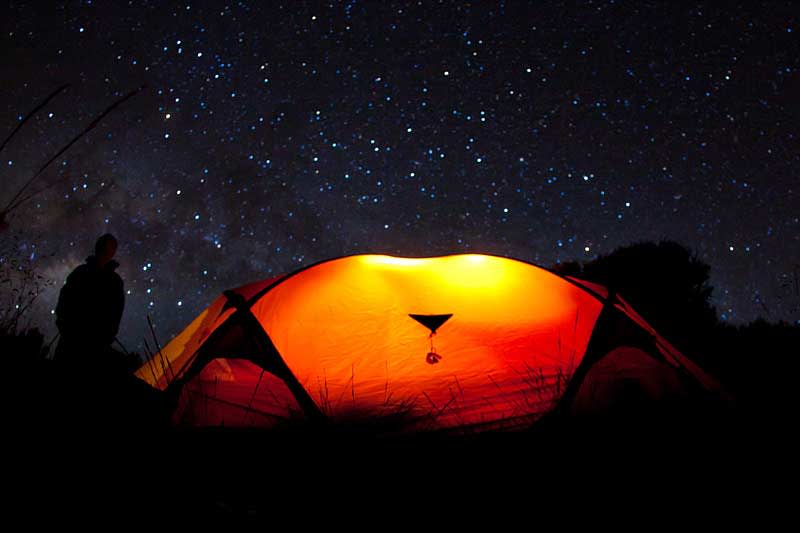 Camping with the stars, Kilimanjaro
Camping with the stars, Kilimanjaro